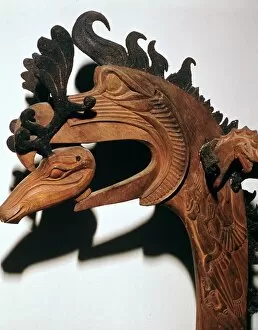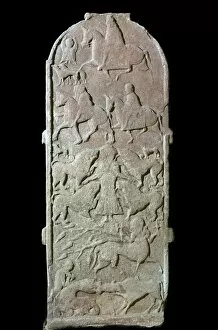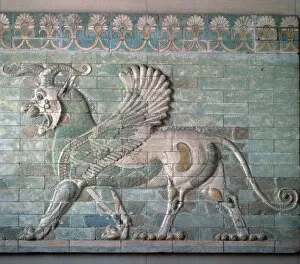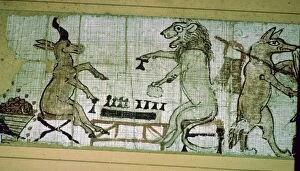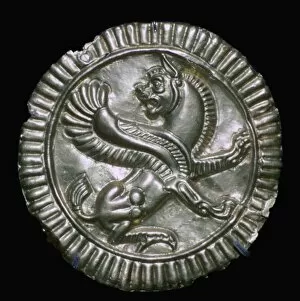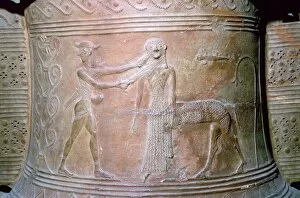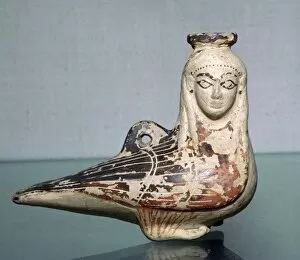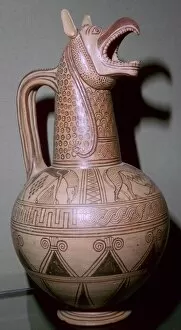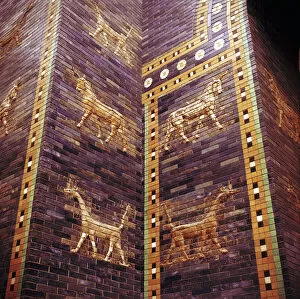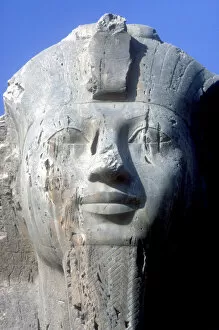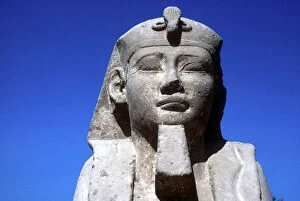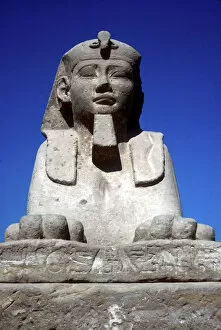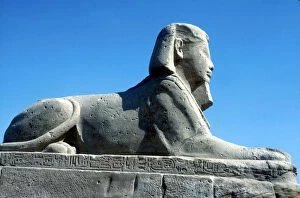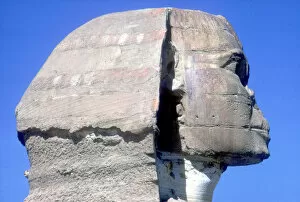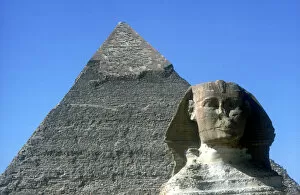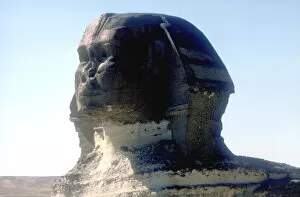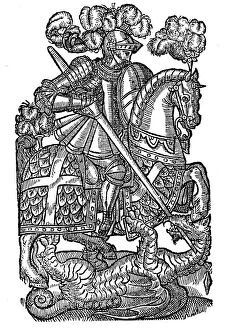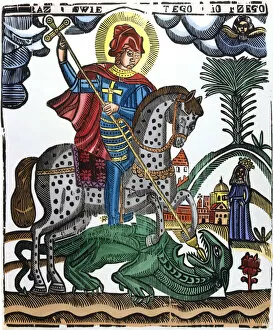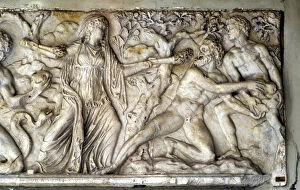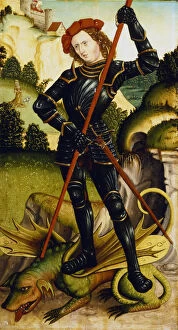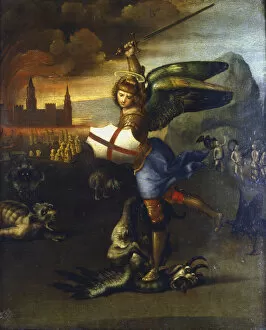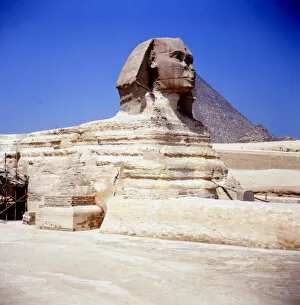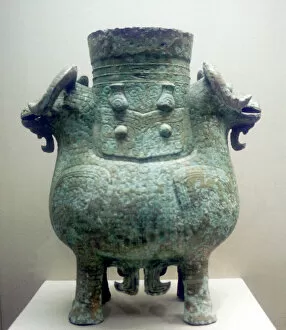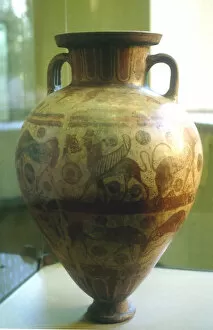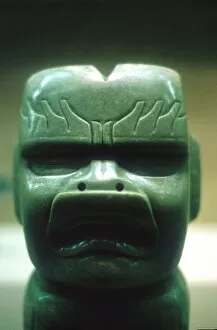Mythical Creature Collection (#67)
"Unleashing the Mystical: A Journey through Mythical Creatures" Bigfoot Film, 1967: Unveiling the elusive legend of Bigfoot on the silver screen
For sale as Licensed Images
Choose your image, Select your licence and Download the media
"Unleashing the Mystical: A Journey through Mythical Creatures" Bigfoot Film, 1967: Unveiling the elusive legend of Bigfoot on the silver screen. Trotsky Slaying the Counter-Revolutionary Dragon (Poster), 1918: A powerful portrayal of revolution triumphing over opposition in a mythical battle. Ulysses Deriding Polyphemus, 1829 (1904): JMW Turner's masterpiece captures the epic encounter between man and monster from Homer's Odyssey. Faerie Queene, c1900: Walter Crane's enchanting artwork brings to life fantastical creatures from Edmund Spenser's renowned poem. Hercules Brings Cerberus to Eurystheus, with Hermes and Athena, c6th century BC: Witness the mighty Hercules' daring feat as he confronts the fearsome three-headed guardian of Hades. The Temptation of Saint Anthony (Oil on canvas): Delve into an artist's interpretation of Saint Anthony facing a surreal world filled with monstrous temptations. A Statue of Hercules and Cerberus: Marvel at a sculptural representation immortalizing Hercules' heroic struggle against Cerberus, guarding the gates to hell itself. Sakata Kintoki Wrestling with a Tengu, c. 1715/18: Enter an ancient Japanese tale where legendary warrior Sakata Kintoki grapples with a mischievous and formidable Tengu spirit. Dante and Virgil with Three-Headed Monster, 1951: Shirley Markham encapsulates Dante Alighieri's journey through Hell alongside his guide Virgil while confronting terrifying beasts along their path. Design for Scouts Enrolment Card (1944): Robert Baden-Powell incorporates mythical elements into this captivating design that symbolizes courage and adventure for young scouts worldwide.

